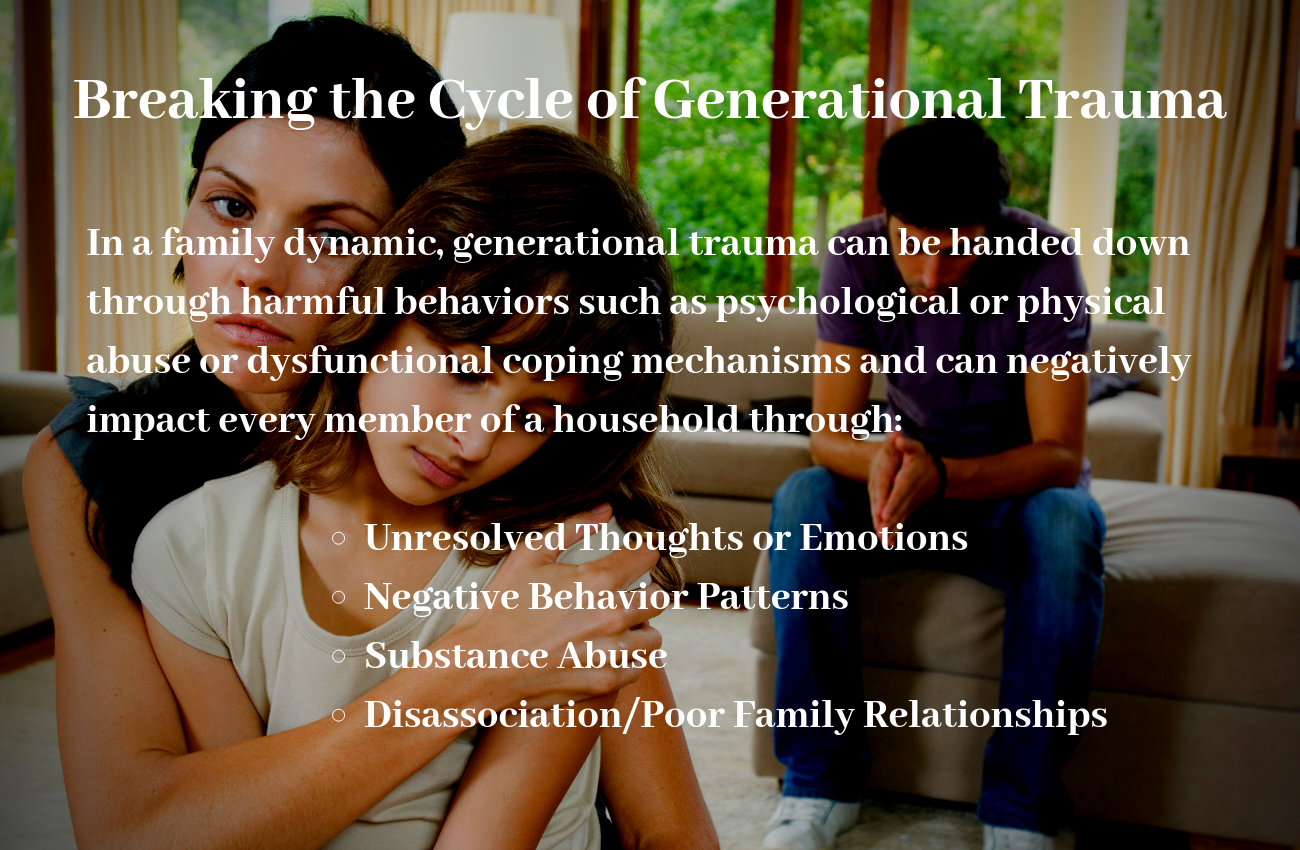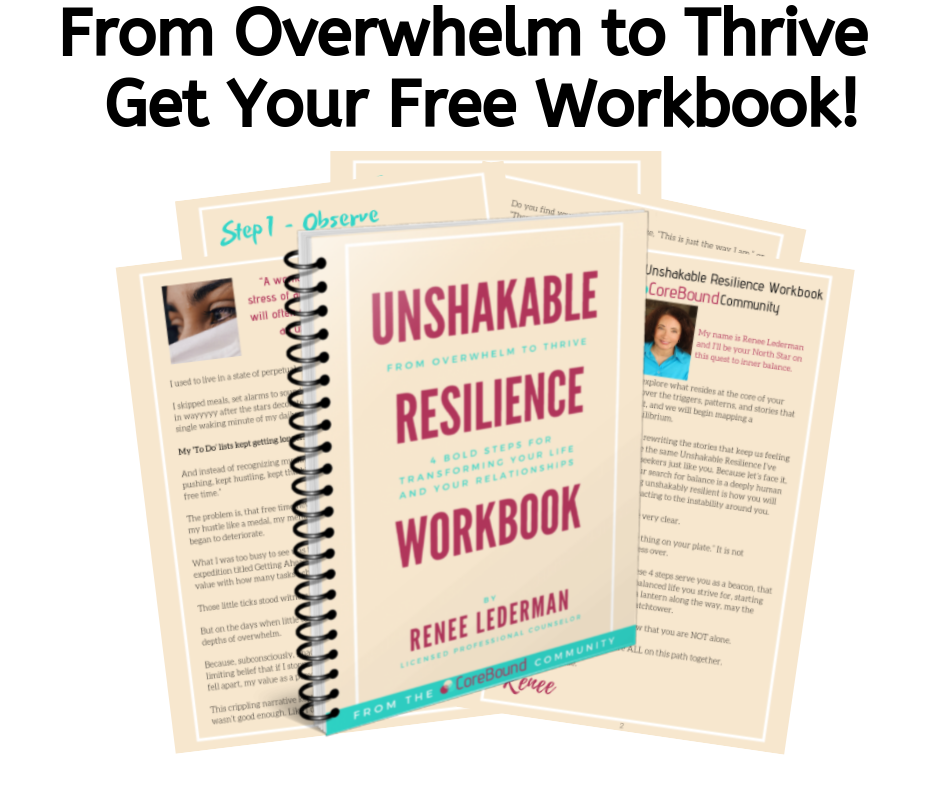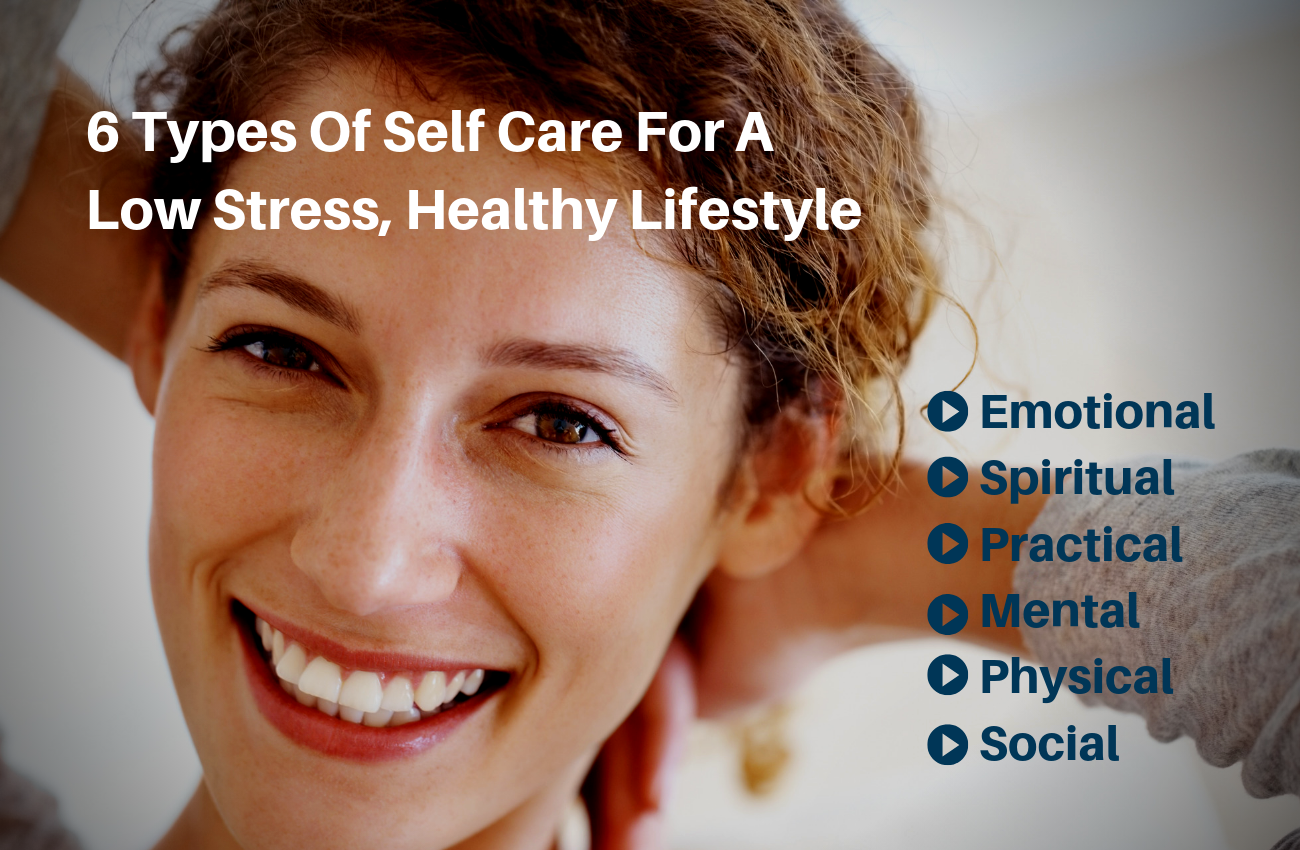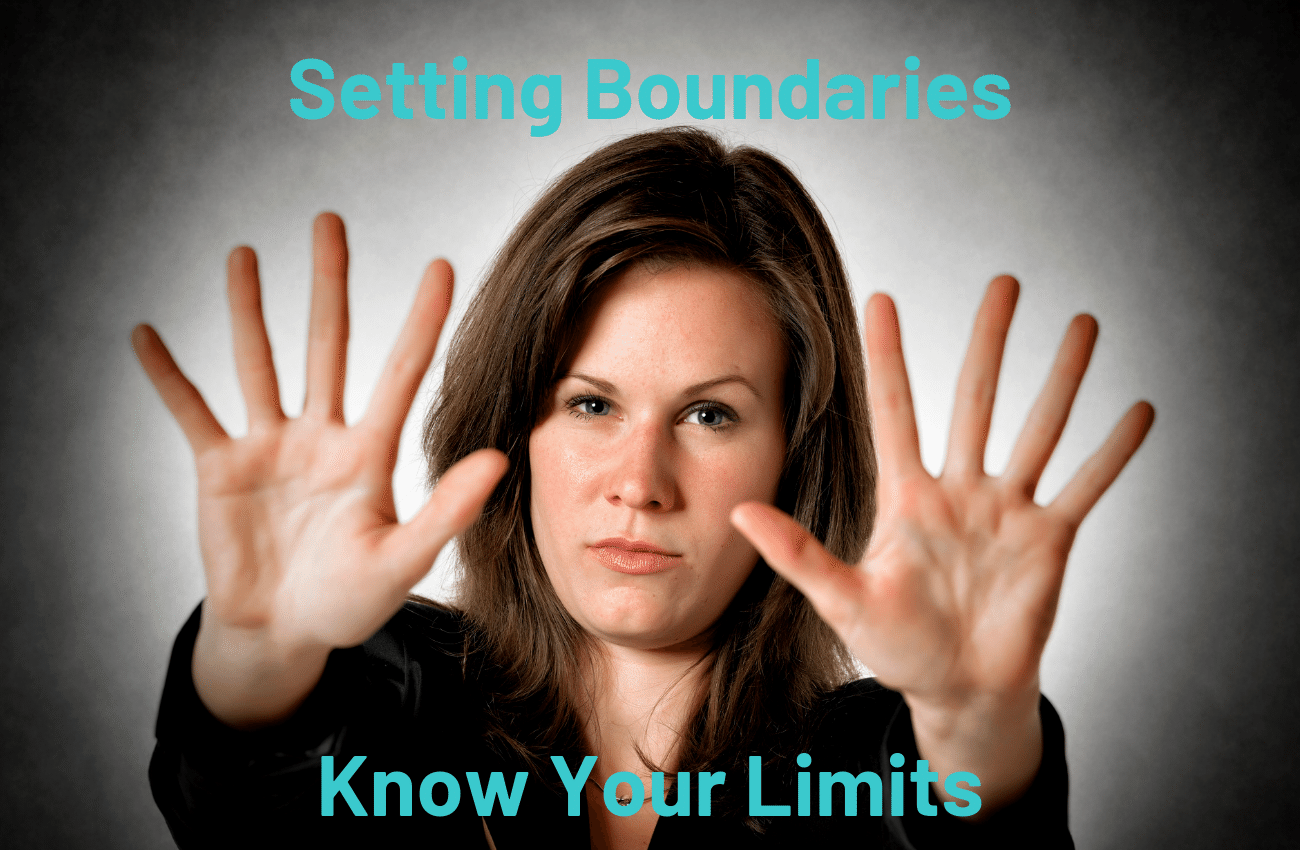
Breaking the Cycle of Generational Trauma Through Therapy
Sometimes, the legacy of trauma is unintentionally passed down from generation to generation through unconsciously given cues or the many mechanisms of post-traumatic stress disorder. Although this type of generational trauma can occur on a societal scale, it typically presents itself first and foremost in the family dynamic, as adults pass trauma on to their children. With the help of a licensed professional counselor like Renee Lederman, however, you may be able to break the family trauma cycle with therapy.
What Is Generational Trauma?
One of the most commonly seen forms of generational trauma is survivor syndrome, a term which describes the behavior of people who have lived through adverse situations, such as domestic and family violence. Those afflicted with survivor syndrome typically isolate themselves from society due to a perceived guilt of having survived a traumatic experience while many people, such as friends and family, did not. If you are suffering from symptoms such as anxiety, depression, insomnia, nightmares, or mood swings, you may be experiencing survivor syndrome. Although this is one of the most common factors leading to generational trauma, it is by no means the only way trauma can be passed on.
How Is Generational Trauma Handed Down?
Generational trauma can loosely be defined as an event that occurred years prior to the current generation, yet still impacts the ways in which families understand, cope with, and heal from trauma. In a family dynamic, generational trauma can be handed down through harmful behaviors such as psychological or physical abuse or dysfunctional coping mechanisms and can negatively impact every member of a household through:
- Unresolved thoughts or emotions
- Negative behavior patterns
- Substance abuse
- Disassociation / poor family relationships
How Can I Identify The Trauma Cycle?
Although it is anything but simple, working through generational trauma begins with three major steps.
- Identify the Source. Generational trauma almost always begins with a loss of safety, whether it be physically, emotionally, or financially. It’s important to trace the generational trauma back to where it stems from, as this information can help your therapist–and you–better understand where the symptoms are coming from.
- Analyze the loss. By understanding why you feel that sense of loss, you can better define your emotions and figure out why you feel them. This can help identify potential changes you can make in the final step.
- Focus on creating a future. This should involve far-reaching changes and be far removed from the way the passed down trauma makes you feel. Understand that the chaos can end with you, if you are willing to take risks and make the needed changes to your life.
Of course, you don’t have to go through this process alone. Opening up about these issues and talking through them with a therapist or professional counselor is an important first step toward breaking the cycle of generational trauma instead of handing it down to future generations.
How Can Therapy Help End The Cycle Of Trauma?
Once you are ready to work through your generational trauma with a therapist or professional counselor, they can help you identify the trauma’s source, as well as analyze it for a way to begin breaking the cycle. Some of the things you can expect to learn from therapy include:
- Empowering yourself to release shame, fear, and guilt from your life
- Fostering positive traits like courage, confidence, and self-love
- Promoting healthy relationships and connections with friends and family
Ready To Break The Cycle Of Generational Trauma?
If you’re ready to begin the process toward breaking free from generational trauma, a licensed professional counselor can help. With over 20 years of experience, Renee Lederman has been helping individuals overcome trauma so that they can be their best self. Call 832-969-3885 to schedule your appointment, or visit her website for more information about how she can help you overcome your generational trauma.

Download my Unshakable Resilience Workbook. You’ll learn how to transform your life and your relationships and live a more balanced life.













